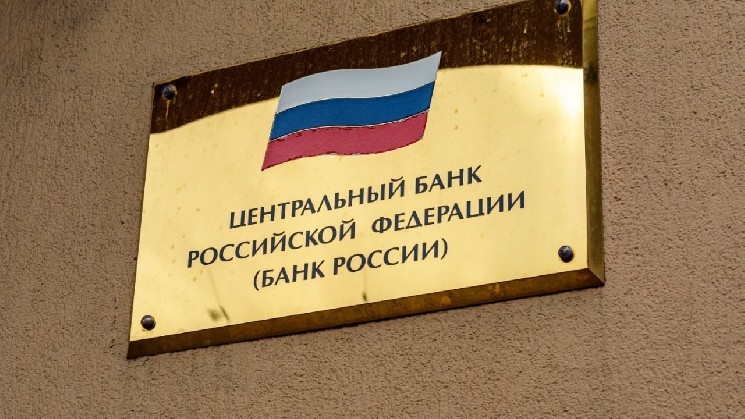
The Central Bank of Russia announced that large payments using the digital ruble framework will debut in 2026, providing an official update after the postponement of its launch in March.
Central Bank of Russia: Digital Ruble to Be Launched in 2026
The irruption of central bank digital currencies (CBDC) in the lives of Russian citizens seems imminent. The Central Bank of Russia has finally offered an update on the implementation roadmap of the digital ruble, the Russian CBDC being pushed by President Vladimir Putin.
Izvestia, a Russian national news outlet, reported that the central bank was preparing for the mass digitalization of its payment systems. Deputy Head of the Federal Treasury Anna Katamadze declared that the launch of the digital ruble payment network was slated for 2026, and that citizens would be able to pay with this instrument using wallets on the Central Bank of the Russian Federation platform.
The information, although scant, is the first official statement referring to the launch of the digital ruble since its rollout postponement in March, when Central Bank Governor Elvira Nabiullina stated that the new date of mass deployment would be offered later.
At the time, Nabiullina stressed that the postponement had nothing to do with the state of the pilot, stressing that 15 banks. 1,700 citizens and around 30 companies participated in the testing process.
Read more: Russia Hits Pause on Digital Ruble—Mass CBDC Adoption Delayed
Before, industry actors believed that the digital ruble would need more time for its massive implementation, as there were technical problems that needed to be solved. Estimates pointed to a nationwide launch in 2027 at the earliest, as the institution has said before that this will move “only when we are sure that we have worked out all possible nuances together with the pilot participants.”
Nonetheless, the internal adoption of the CBDC by the Russian government has not stopped, as there have been movements to include the currency as an instrument to deliver budget payments and subsidies. This would allow authorities to monitor the movements of these funds, avoiding corruption from middle and low-level government employees.
Read more: Russia Paves Way for Using Digital Ruble in National Budget Disbursements
